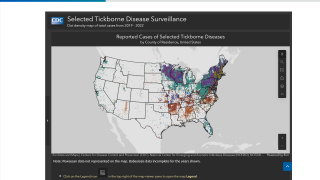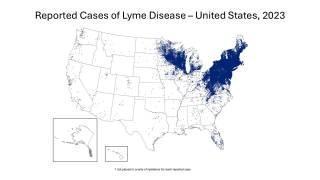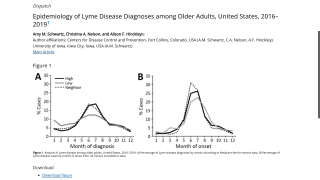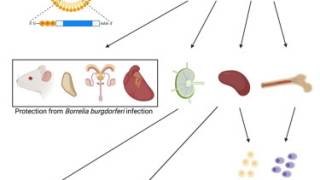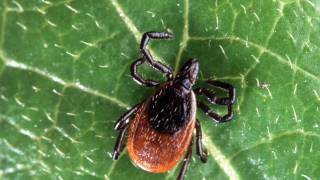Tick-borne Diseases Arrive in New York City
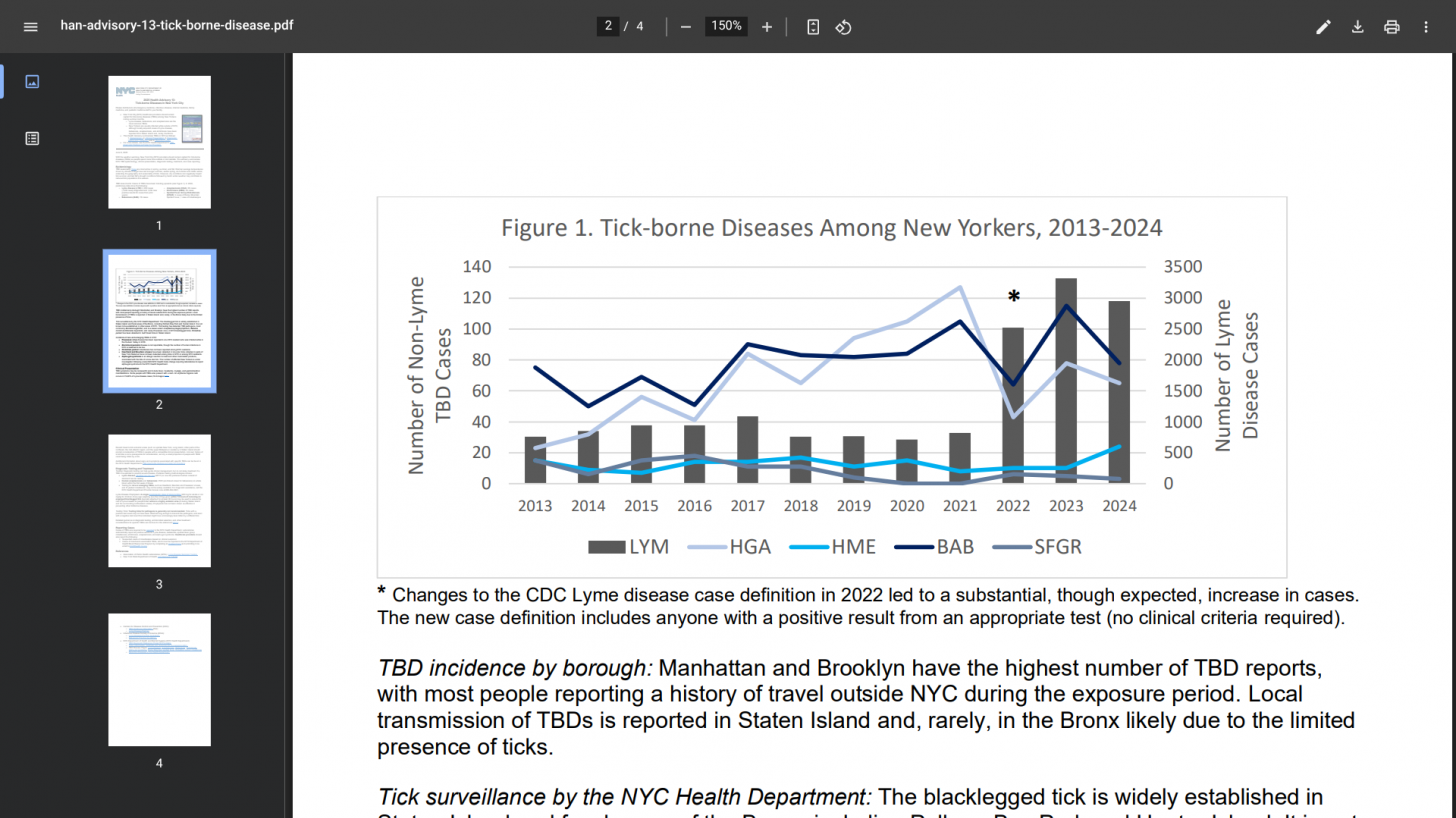
As warm weather approaches New York City (NYC) and classes conclude for the summer, millions of people are beginning to enjoy outdoor activities.
However, the NYC Health Department issued Advisory #13 on June 6, 2025, concerning the health risks associated with tick-borne diseases (TBDs).
While disease-carrying ticks are rarely found in urban areas like New York City, traveling to tick-endemic regions in upstate New York, Long Island, other parts of the Northeast, the Mid-Atlantic region, and the upper Midwest such as Michigan, should prompt healthcare providers to consider TBDs in individuals who present with compatible clinical symptoms.
But that trend could change in 2025, as last fall’s drought conditions, followed by a harsh winter season, may contribute to reduced tick populations throughout the northeastern United States.
In 2024, preliminary data show the following cases:
Lyme disease: Lyme disease has been the most common TBD diagnosed in NYC. 2,952 cases (1,900 newly diagnosed and 1,052 new positive results for cases from prior years). The Modified two-tier test is now the preferred method for confirming a Lyme disease case in NYC.
Babesiosis: 78 cases.
Anaplasmosis: 65 cases
Ehrlichiosis: 24 cases
Spotted Fever Group Rickettsiosis: 2 cases of Rocky Mountain Spotted Fever, 1 case of rickettsialpox
The data also reveals that when segmented by borough, Manhattan and Brooklyn have the highest number of TBD reports.
Local transmission of TBDs is reported in Staten Island. Rickettsia parkeri has been detected in Gulf Coast ticks in Staten Island.
The blacklegged tick is widely established in Staten Island and specific areas of the Bronx near the Long Island Sound, including City Island, Pelham Bay Park, and Hunter Island.
NYC Health states that prophylaxis has not been shown to be effective in preventing other tick-borne diseases.
When treating Lyme disease, a single prophylactic dose of doxycycline (200 mg for adults or 4.4 mg/kg for children of any age weighing less than 45 kg) given within 72 hours of removing an engorged blacklegged tick (typically attached for at least 36 hours) may be used to reduce the risk of Lyme disease.
From a vaccine perspective, an innovative Lyme disease vaccine candidate (VLA15) is progressing through late-stage clinical research in 2025, but it has yet to be approved.
Our Trust Standards: Medical Advisory Committee



